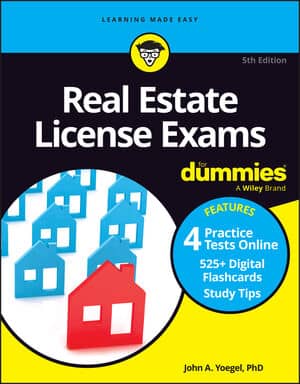When you sell a property for more than you paid for it, you have made what, for tax and Real Estate License Exam purposes, is called a capital gain. That gain is taxable, but because the government wants to encourage people to make long-term (usually more than a year) investments over time, it treats capital gains more favorably than regular income for tax purposes.
Calculating the amount of capital gain that a property has earned starts with the basis of the property. The basis is the initial price you paid for the real estate, not just the cash you put in. The basis can change over time, because the costs of capital improvements are added to it.
A capital improvement is a permanent improvement that adds value to the property, such as a new roof on the building or new kitchens in the rental units.
This new number (original cost plus capital improvements) is still referred to as the basis. Depreciation, which is the government’s way of enabling you to claim a loss on your property, is then subtracted from the total of the original cost of the property (the basis). The resulting number is called the adjusted basis.
Next, you subtract selling expenses, such as commission expenses and closing costs, from the selling price of the property. That total is called the net selling price.
Finally, the adjusted basis is subtracted from the net selling price, and the result is the capital gain. The calculations that follow show the amount of capital gain for a property initially purchased for $50,000.
$50,000 (purchase price, or basis) + $8,000 (capital improvements) – $4,000 (depreciation) = $54,000 (adjusted basis)
$90,000 (selling price to the new buyer) – $5,000 (commission expense) – $1,000 (closing costs) = $84,000 (net selling price)
$84,000 (net selling price) – $54,000 (adjusted basis) = $30,000 (capital gain)
Tax laws change from time to time, particularly with respect to the tax rate on capital gains. Expect a question or two requiring you to calculate a capital gain or to describe the basis or adjusted basis. You might even have to calculate the tax paid, but either the exam writers give you the tax rate to use or you use the one you learned in your prelicense class.

